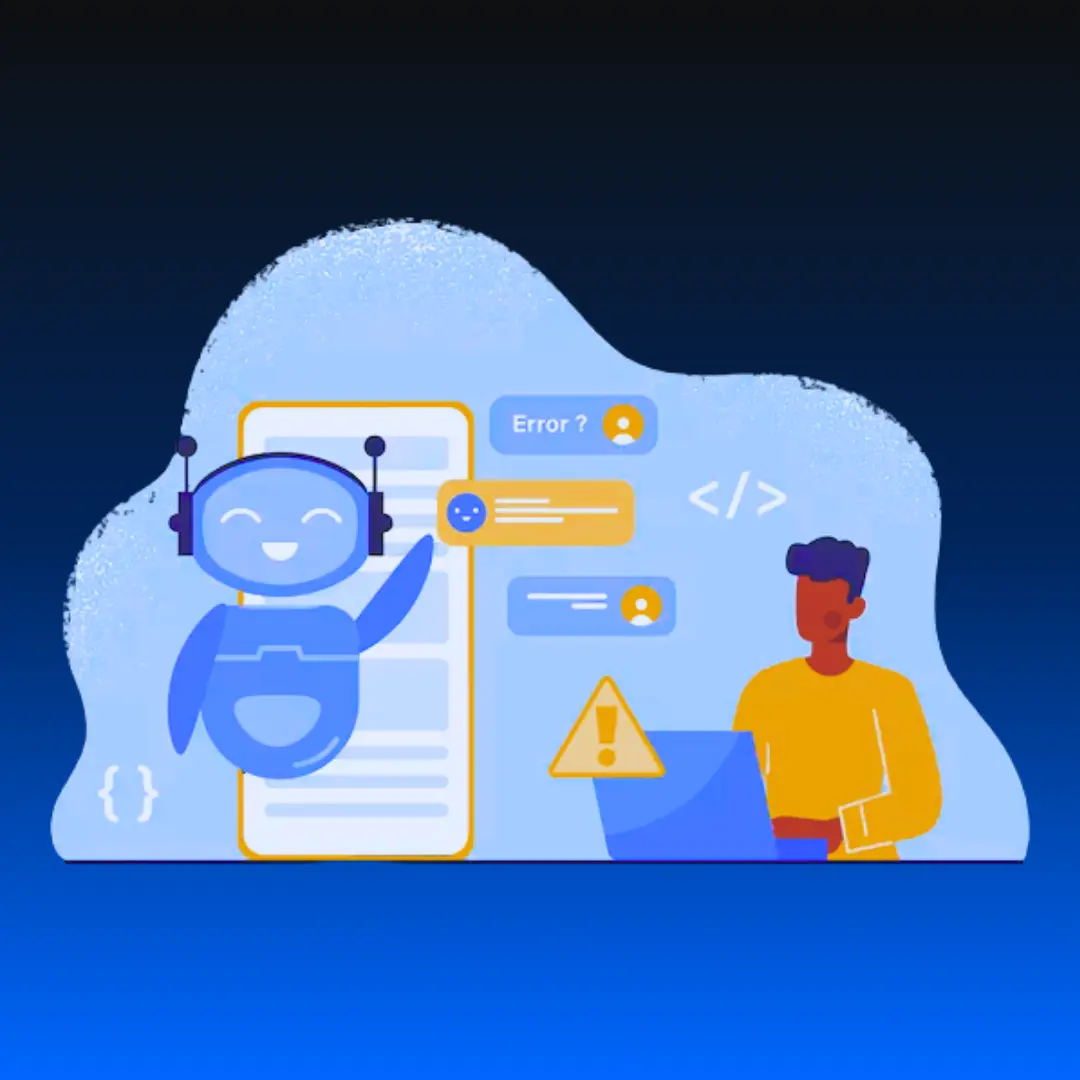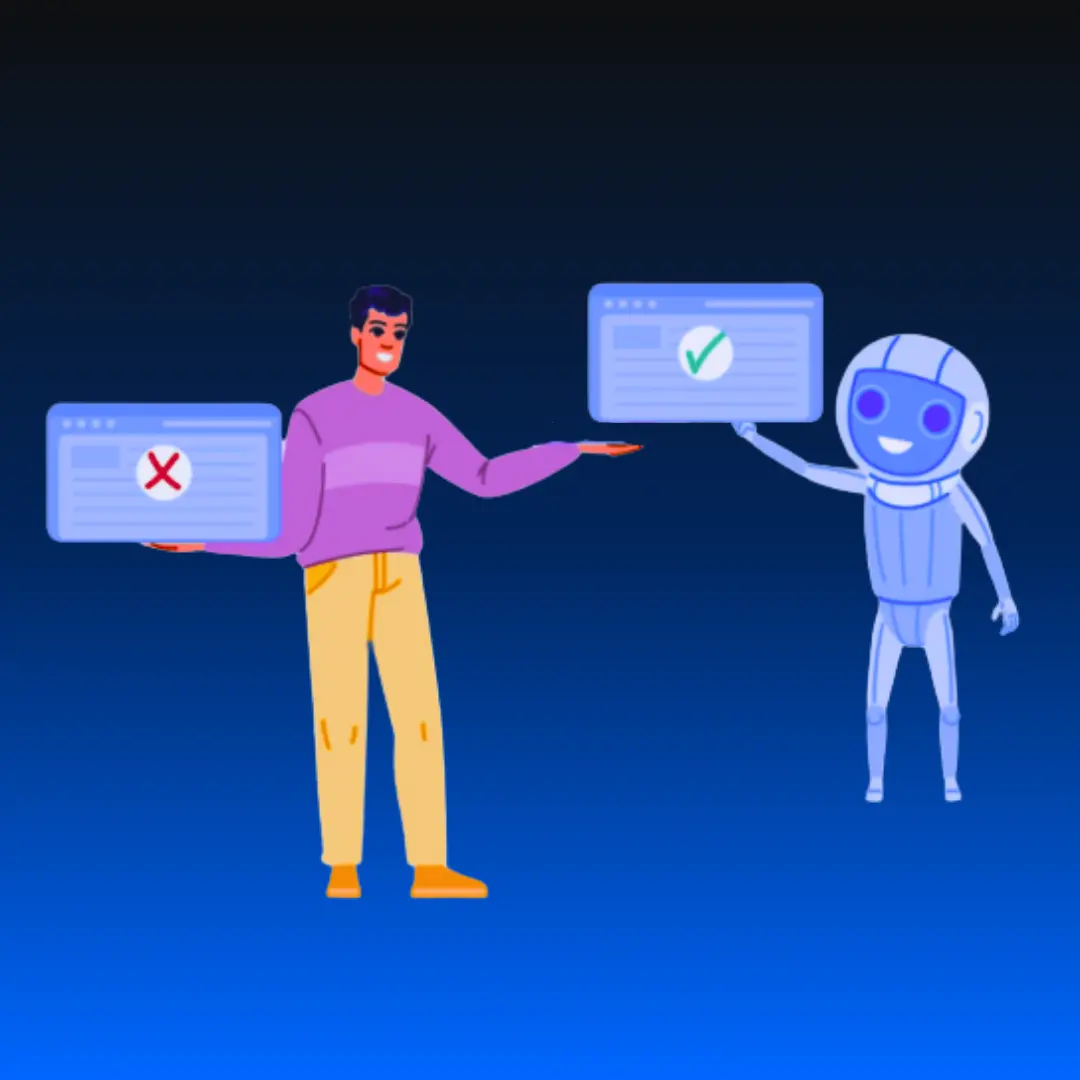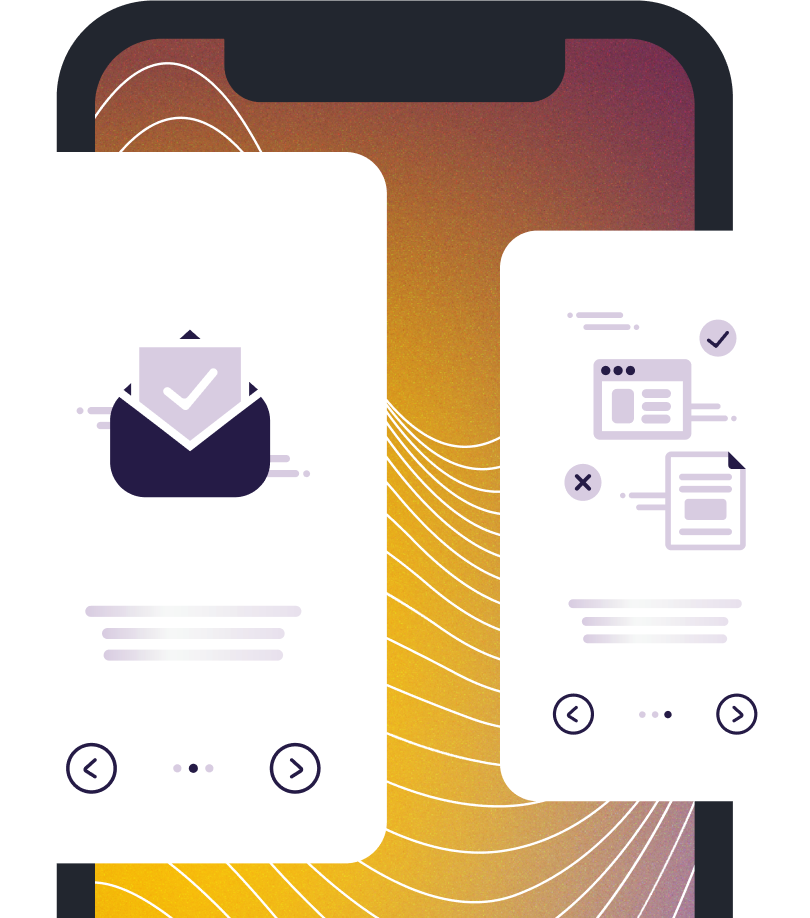AI chatbots will soon be big business. They engage customers, answer questions and assist with sales. But some people are left wondering: do AI chatbots make mistakes? The quick answer is yes. As with any tools, they’re not perfect. They may provide incorrect answers, ignore some facts or steer users in the wrong direction.
This blog will detail why chatbots can be wrong, of what misconceptions they can be guilty, and how to avoid these challenges. And while we’re at it, we will offer some simple advice on what not to do, and how to get your ai chatbot to pull more of its weight.
Do AI Chatbots Get It Wrong?
Yes, AI chatbots can make mistakes. They are constructed from rules, train-the-trainer material, or AI models. 41 When incorrect input is entered or the system is misguided, an incorrect answer can be proposed by the chatbot.
Example:
- A user is requesting a refund from a chatbot. The bot responds with shipping information.
- A user enters in slang or colloquial words. The chatbot does not comprehend.
- It is a complex question. The chatbot replies with a simple but incorrect response.
These are the kinds of mistakes chatbots make – they rely on code and data. They don’t think information like a human does.

Common Mistakes AI Chatbots Make
The following are the most common errors that you’ll run into when dealing with chatbots:
Inaccurate or Incomplete Responses
Occasionally a chatbot will provide a mistaken answer. And sometimes it drops while you are answering. This usually occurs when the chatbot is not provided with sufficient training data.
Misunderstanding Questions
Chatbots can misunderstand the intent. Such as “My order can be cancelled? can be interpreted as “order tracking”. The user receives an incorrect response.
Repetition
If the chatbot doesn’t have the answer, it will continue to say the same thing over and over. This is frustrating customers.
Inadequate Context
The context of previous verbal interaction is lost in Chatbots. A user gives the bot something that it requests, but then it asks the same question again.
Negative Handling of Emotions
Chatbots don’t read emotions well. When a customer is mad, the chatbot can continue to respond with stock replies such as “I get it,” without addressing the problem.
Technical Glitches
Sometimes the bot will crash, it may take time to load or not integrate other systems, like payments or CRM.
Language Problems
Chatbots are not created to understand a slang, abbreviations or more languages. This makes customers feel abandoned.
Why Do Chatbots Make Mistakes?
There are lots of reasons chatbots mess up. Here are the primary reasons why they do:
No training data → If it hasn’t seen many examples, the chatbot can’t respond very well.
Long customer queries → Some questions are too complicated for basic bots.
Poor design → Mistakes, if bot is not well designed.
Language issues → Slang/t, typos, or rephrasing confuses the bot.
Integration Gaps → If a chatbot is not connected with relevant systems, it cannot pull accurate information.
AI limitations → Even the latest AI gets the meaning or context wrong.
How Errors Affect Businesses
Chatbot mistakes can be minor, but they damage your business:
Frustration → Time wasted for incorrect responses.
Lost sales → An annoyed customer can simply leave and not buy anything.
Bad reputation → Multiple mistakes ruin trust in your brand.
More work → Agents need to spend time on additional chats in order to resolve the errors the chatbot introduces.
That’s why you need to take charge of the chatbot errors, and get better with it.

Preventing AI Chatbot Mistakes
Now let us look at some ways you can minimize chatbot blunders and improve the experience for users.
Train Your Chatbot Regularly
Chatbots need to learn. Add more questions and answers as you come up with them. Leverage real conversations with customers to get better. Remember to update data constantly so the bot remains clued up.
Use Clear Conversation Flows
Create the chatbot using basic flows. Ensure it walks the user through the steps. Introduce back-up words such as : “I can’t tell. I’m going to try to transfer you to an agent for further assistance.”
Test Before Launch
No bot shall be deployed untested. Test various kinds of questions. Try slang, short words and tricky questions. Resolve problems beforehand.
Implement Human Handoff
No bot can be 100% flawless. Always allow customers to be transferred to a live person. This avoids getting pained when the bot crashes.
Monitor and Evaluate the Performance
Monitor chatbot logs. Review how users leave the chat or make a complaint. Train the bot to reduce the repeated errors.
Be Plain in Language
Speak in short and straightforward words and phrases in chatbot responses. Use no jargon or long sentences. Customers must understand it promptly.
Mix AI with Rules
Don’t just depend on AI. Mix AI with rule-based flows. For instance, use A.I. for open-ended questions but rules for tracking orders. The mix reduces mistakes.
Multi-Language Support
Include language choices, if you’re serving an international audience. Train the bot to support big languages. Employ translation support where required.
Handle Emotions Better
Put in replies that respond to frustrated and mad players. E.g.: “Sorry for the trouble. “How can I help you? Let me put you in touch with a support agent.” This shows care.
Keep Integrations Updated
Ensure your chatbot effectively integrates with CRM payments or product systems. This eliminates bogus data or failed transactions.
Imagine an e-commerce website chatbot. One user inquires about the status of a refund. If untrained the bot will respond with “Refunds take 7 days” without verifying the order. This might be wrong.
But if the bot is trained, and wired up to the order system, it should be able to look at the order ID and say: “We’ve already refunded $50. You should see (the amount) appear in your bank within 3 days.”
The second case builds trust.
Can Chatbots Become Error-Free?
No chatbot is 100% error-proof. Even humans make mistakes. But the objective is to minimize those errors. With proper design, training, and updates, your chatbot can be very reliable. It is also advised to get your chatbot always from a reputable chatbot development company like Get AI Chatbots.
The point is to manipulate the chatbot like an actual organism. Keep improving it.
Future of AI Chatbots
AI is advancing very fast. Chatbots are learning context, tone, and intent. The next generation of bots will have less complicate response errors. they’ll start to learn a lot more from previous conversations, too.”
Even so, no matter how sophisticated, chatbots will rely on humans. Good customer service will be a blend of clever chatbots and well-prepared human support agents.
Final Thoughts
So, can chatbots make mistakes? Yes, they can. But none of these need be an obstacle to operating them in your business. The right training, design, and tracking make it possible for you to minimize mistakes and keep your customers happy.
Follow the advice we’ve given: train your chatbot, test it out, add in humans, and refine. That way your chatbot will be useful, accurate, and trustworthy.
When you use them correctly, chatbots are amazing. Use them the right way, and they save time, increase sales and improve customer service.


